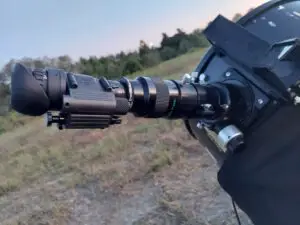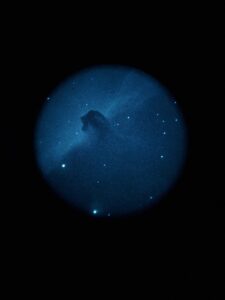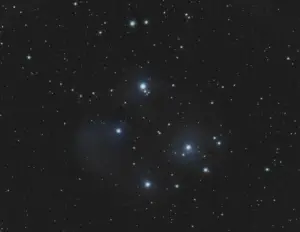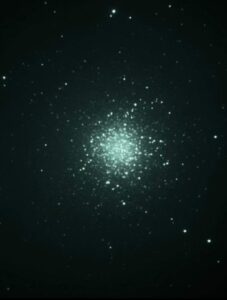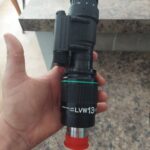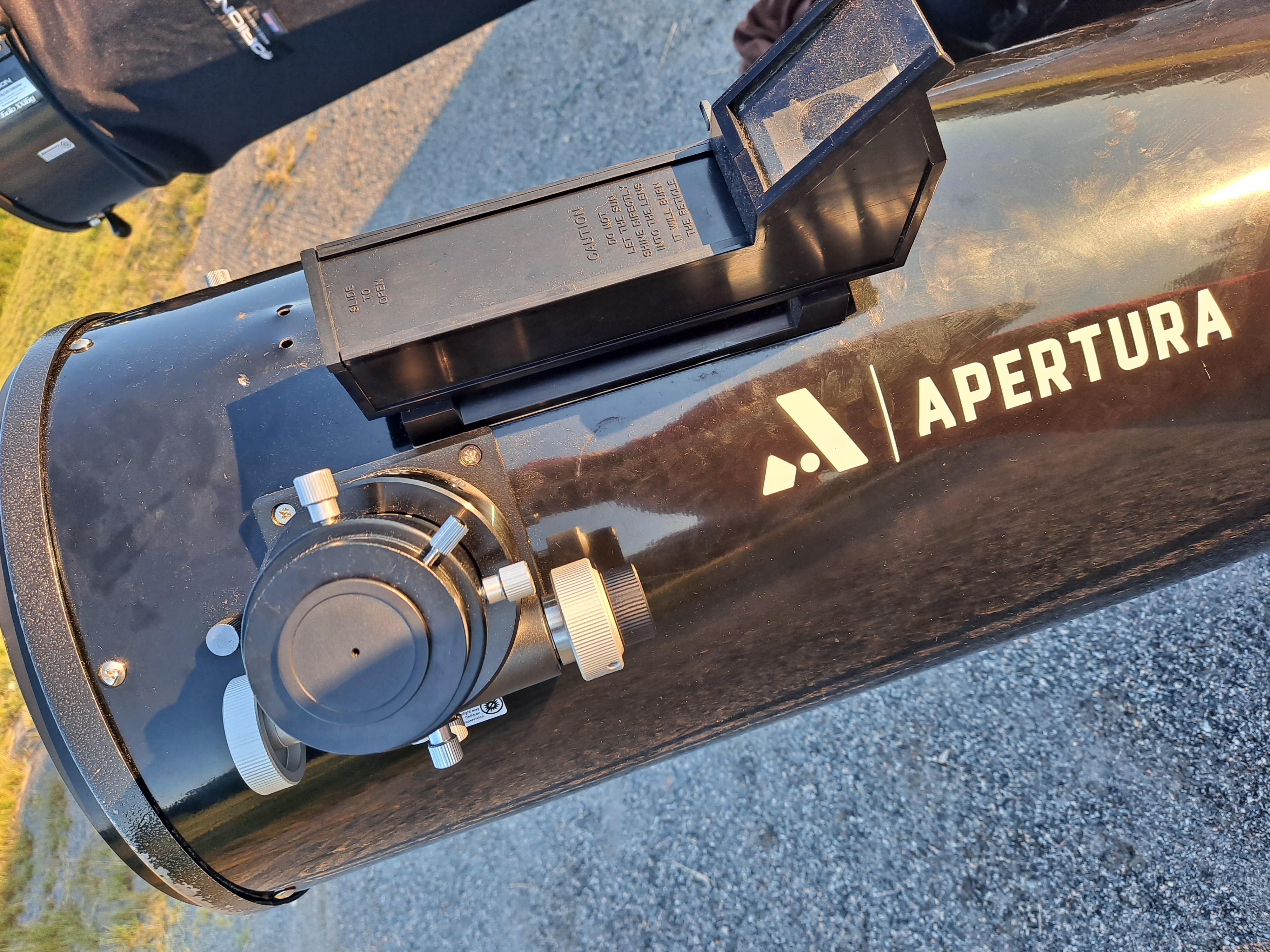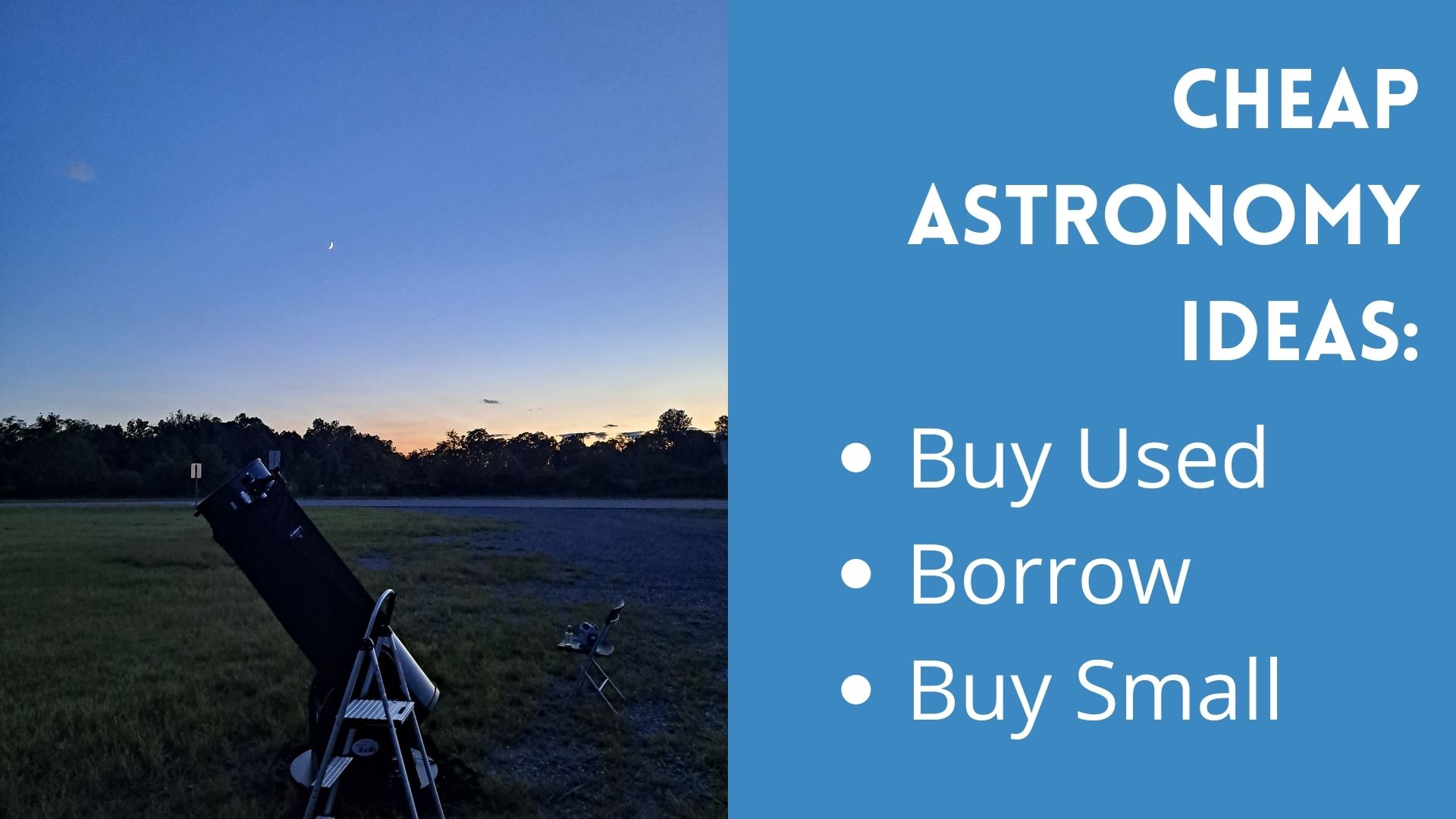This is the gear that will set you up for a lifetime of enjoyable stargazing.
The gear I recommend here can serve you for a lifetime, and holds its value well if you decide to upgrade later.
The set up is simple, a Dobsonian telescope, an observing chair, basic eyepieces and Turn Left at Orion.
There are some extras in here for special circumstances.
Telescope
I recommend a Dobsonian reflector telescope.
I think this 8 inch Orion Skyline is a great scope to get you started.
This particular telescope comes with a 30mm eyepiece and a 9mm eyepiece (one very high magnification and one low magnification), a cooling fan and a laser collimator, and a right angle finder.
This telescope weighs 49.2 lbs. The optical tube is 46 inches long and weights 23.8 pounds and the Dobsonian mount weighs 25.4 lbs.
This telescope is easy to use, easy to transport, hold their value well and can serve you for a lifetime.
Observing Chair
An observing chair will make observing much more comfortable. With an observing chair you will see more because you will observe for longer.
I have this Starbound Observing Chair (affiliate link) that I bought from Amazon. It has held up well and I have used it for about 3 years now.
Here is a video explaining how it works and why you will want one.
Turn Left at Orion
This book is incredible for new astronomers who are learning about the night sky for the first time.
The book shows helpful pictures and instructions for locating objects in the night sky. It gives you an idea of how objects will look through different telescopes.
The book gives suggestions for eyepieces to use when observing different objects, it teaches you how to star hop.
Do not skip the introduction pages, there is so much good stuff in there.
It is really rewarding to find some of these objects, I have used this book for a long time, I have pages marked and coffee spills on the pages.
You can grab Turn Left at Orion (affiliate link) on Amazon.
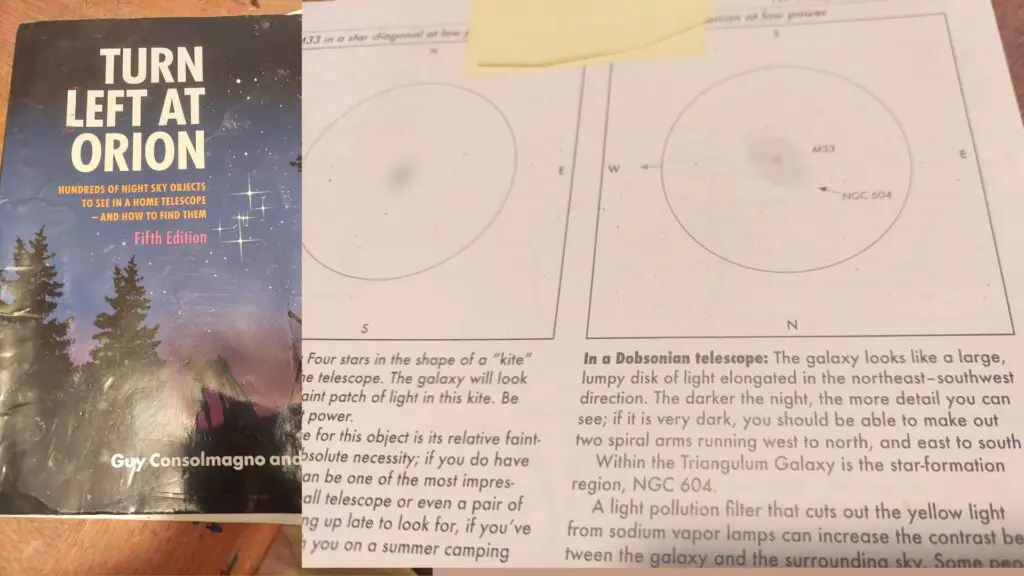
Eyepieces
The telescope linked above comes with 2 eyepieces that can get you started.
When you are ready to add to your eyepiece collection I recommend that you replace your 9mm with a 15mm Orion Expanse. This will be much more comfortable to use.
A set is a good way to build your eyepiece collection quickly. The Orion Expanse Eyepiece Set comes with 6mm, 9mm, 15mm and 20mm eyepieces.
Svbony has a set of their goldline eyepieces on Amazon that has great reviews. It is a good beginner set with a very low price.
Apps
There are three apps that I have on my phone for astronomy.
Astrospheric
I use this to plan my observing sessions, it gives you weather conditions for the night.
Find the cloud cover, transparency, seeing conditions, dew point, moon phase, ISS pass and your GPS coordinates all in this app.
I did not know how important the weather would be when I got into this hobby, but it makes all the difference.
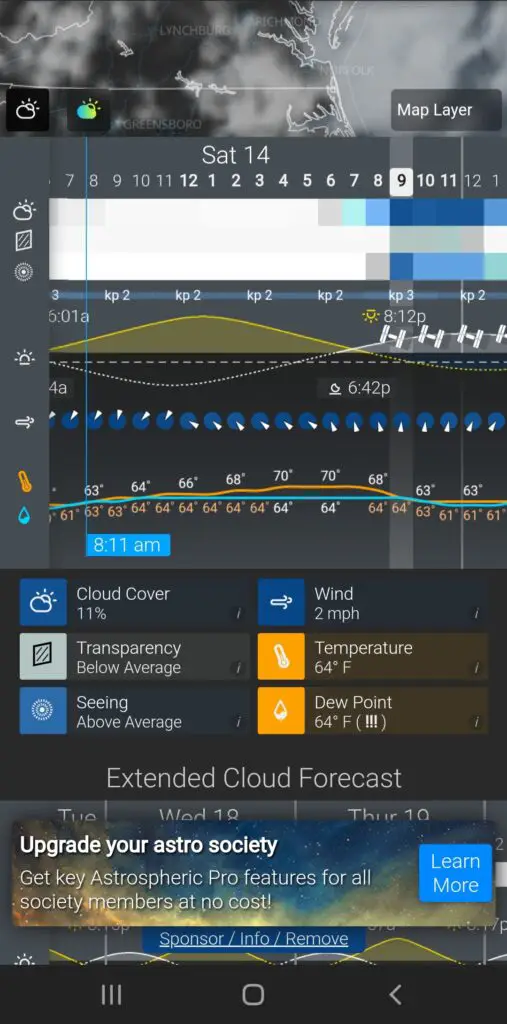
Stellarium
I use this app to make a list of objects that I hope to observe and then I use Stellarium to find the time that the object will be visible.
You can adjust the time and date in this app to show what will be visible above the horizon throughout the night.
It also gives some information on the objects like their distance from Earth and information about their discovery.
Sky Map
This is a mobile star map and it is helpful for finding objects while you are observing.
You type in your object and the app shows a red circle and an arrow to help you find where the object is in the sky in real time.
Accessories
Now you have everything you need to get out in the field and start observing. This is a short list of a few things that make observing much more comfortable:
Red HeadLamp
Red light does not blind you like white light in the dark. A few red flashlights or a red headlamp will make setting up and taking down your gear safer and easier.
Bug Spray
Mosquitoes can end a night of observing, having a great bug spray like this Repel Lemon is necessary depending on where you live.
Cold Weather Clothes
Wool socks, heavy jacket, hat and gloves are all necessary when you are observing in cold weather.
Sitting at the telescope can get very cold very fast. Go for the best cold weather gear you can afford.
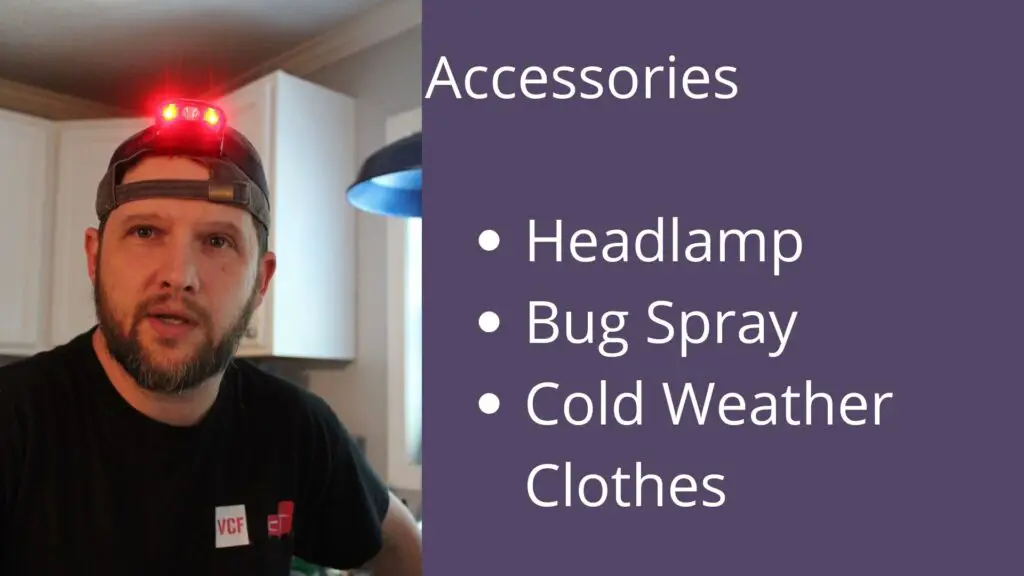
Overcoming Obstacles
Dew
If you live in an area where there is a lot of moisture in the air you may find that your scope is constantly covered in dew.
Dew on your mirrors and eyepieces make it impossible to observe clearly.
It is tempting to wipe these surfaces off, but it could damage the surfaces. The answer to these problems is active dew control.
Check out our handy guide to active dew control for more information about how to deal with dew on your telescope.
You can use a hair dryer or even Hot Hands warming packs to heat up the secondary mirror and eyepieces to keep them free of dew.
Collimation
Collimation is the lining up of the mirrors and lenses in your telescope. The first time I collimated my Dobsonian I felt like I was losing my mind. It can be very technical and confusing.
This basic guide to collimating a Dobsonian reflector can give you some helpful tips and suggestions to get your scope perfectly collimated.

